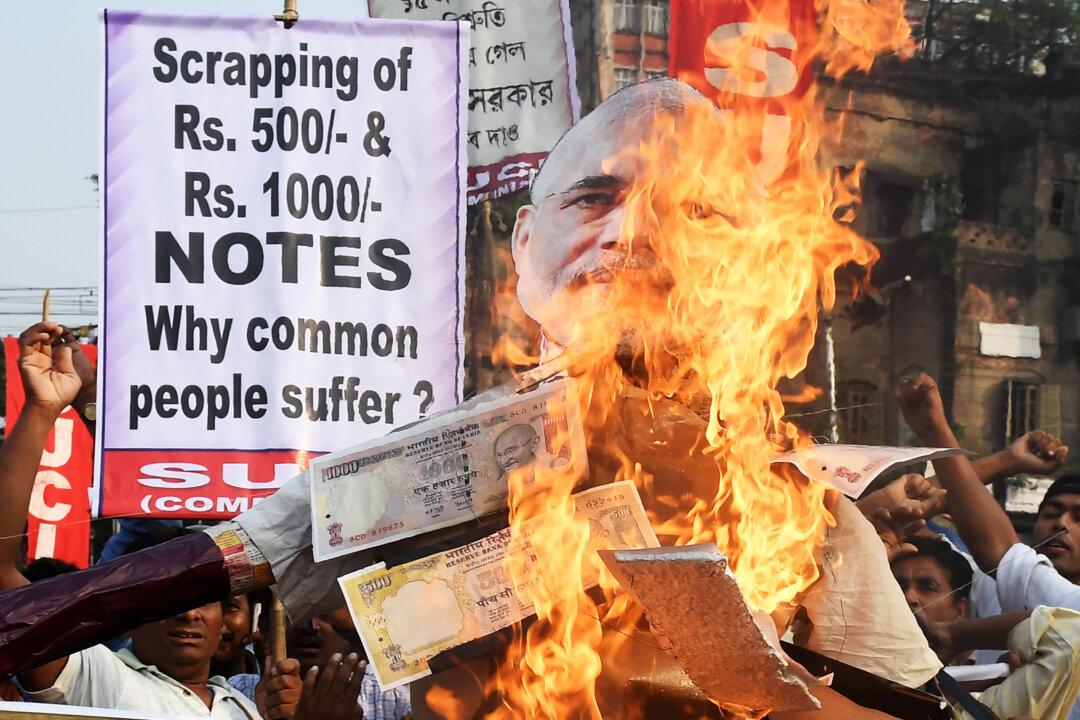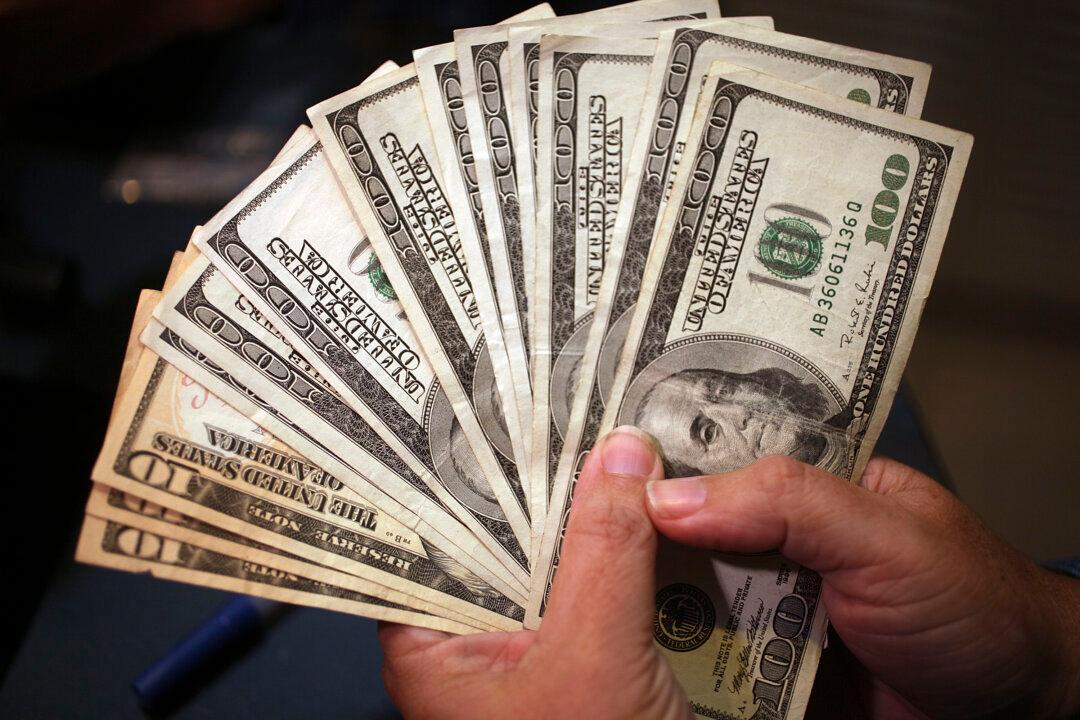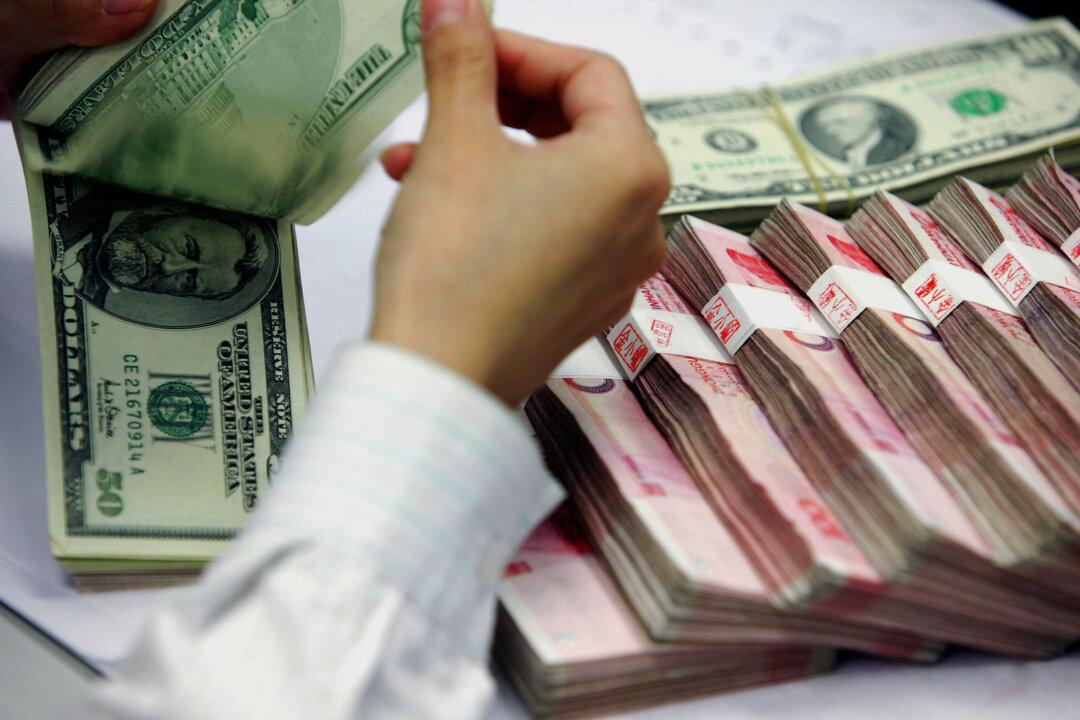The history of paper fiat currency destruction goes back at least 1,000 years, to when it was invented by the Chinese. In the modern day, we have seen the destruction of dozens of others—in Zimbabwe, Venezuela, Turkey, Argentina, Iran. and more.
There’s also the stealthier destruction of “first world” currencies like the dollar, euro, and yen—whose inflation has been more akin to “frogs in a boiling pot” than chaotic hyperinflation. In a nutshell, fiat currency is a Ponzi scheme that must grow larger to survive—which is why every instance has ended in failure.




